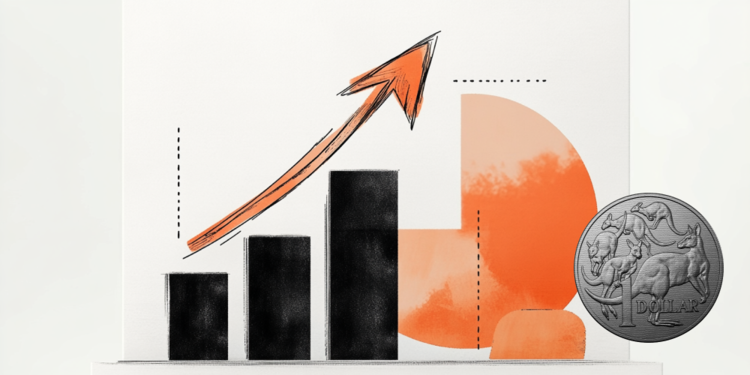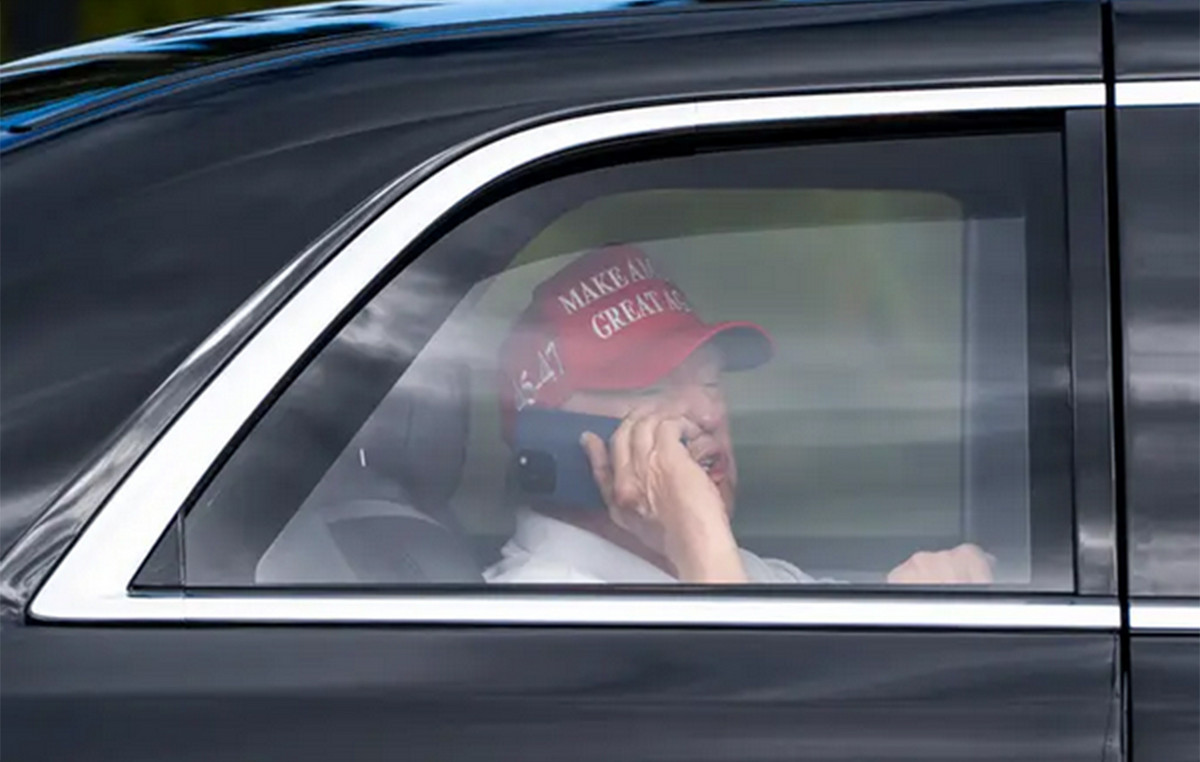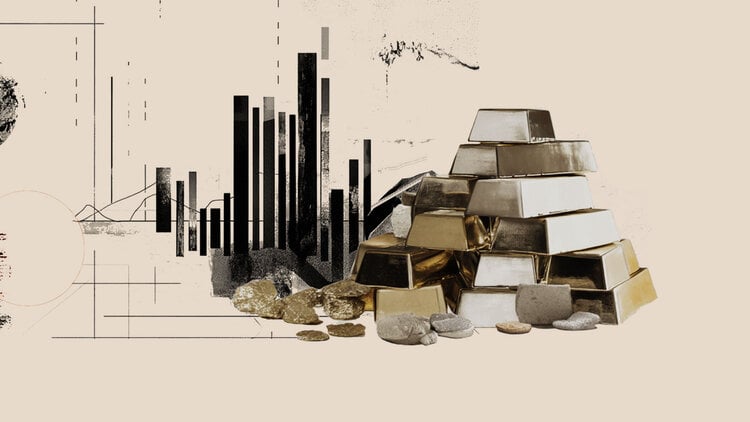A feather from an extinct bird from New Zealand set a record after selling for US$46,521 NZD (about 144 thousand reais), the auction house responsible for the sale said.
The bird was last officially seen in the early 20th century and its feathers have previously sold for US$8,400 NZD (about US$5,100), according to auction house Webb's.
The huia bird feather, which was expected to sell for up to 3,000 New Zealand dollars (about 10 thousand reais), exceeded its estimate on Monday (20) and became the most expensive feather ever sold in the world, the auction house said. .
“This rare huia feather is a beautiful example of Aotearoa's natural history and reminds us of the fragility of our ecosystem,” Leah Morris, head of decorative arts at the Auckland-based auction house, said in a statement.
'Lethal popularity'
A member of the acacia bird family, the huia was loved by many people.
For the Maori, the native people of New Zealand, the bird's feathers were a mark of high status and the distinctive white-tipped plumage was used in ceremonial headdresses.
Only those of higher rank were permitted to wear huia feathers in their hair or ears, according to the New Zealand Museum.
The feathers were often exchanged for other valuable possessions or given as gifts to show friendship and respect, the auction house said.
According to the museum, European New Zealanders also came to see the huia as a symbol of prestige. They used the animal's feathers as fashion accessories and stuffed huias were mounted as decorations in wealthy homes.
Experts also explain that Maori and European hunters killed the bird in “large numbers” during the 19th century, selling the skin to collectors and fashion dealers.
The huia's “lethal popularity” was said to have grown even further when the Duke and Duchess of York were photographed wearing feathers in their hats during a trip to New Zealand in 1901.
“People got a little frantic and decided that everyone wanted a huia feather,” said the head of decorative arts at the auction house, about the event.
Attempts by scientists in the early 1900s to conserve the remaining birds failed.
A government plan to ship the huais to offshore islands resulted in them being sold as dead specimens, according to the museum, adding that it was more “profitable” than keeping them alive.
The auction house said all potential buyers were required to provide a license from the New Zealand Ministry of Culture and Heritage before the sale on Monday.
As it was an object of national importance, the feather could only be acquired by registered collectors and could not leave the country without authorization from the ministry.
Source: CNN Brasil
Bruce Belcher is a seasoned author with over 5 years of experience in world news. He writes for online news websites and provides in-depth analysis on the world stock market. Bruce is known for his insightful perspectives and commitment to keeping the public informed.







